Have you ever asked yourself why you ride with a noseband on your bridle? Or why you use a particular style? Was it because it came with the bridle or you think it looks more becoming on your horse than another style?
The noseband as we know it nowadays is a rather young piece of tack, originally evolved from the cavesson we still see today in lunging, hand work or even in riding. The most simple noseband for sure is the one we can see in Francois Robichon de la Guérinière’s legendary manual “Ecole de Cavalerie” (“Reitkunst”), but it could be seen on even earlier historical paintings. It is a simple thin and flat piece of leather pulled on each side through the lower parts of the cheek pieces. De la Guérinière didn’t mention anything on this noseband, nor on its construction nor on its aim. Instead he explained quite detailed how a rider can find the appropriate bit by writing how the different bits work and fit in different mouths.
He didn’t spend a word on the shown noseband because it didn’t seem to be of any importance for the art of riding he practised and it was little more than decorative. Instead de la Guérinière pointed out that most important to riding are the hands and the judgement of a rider. Without these requirements the best bridle would remain useless. These are wise words which have changed in truth in our days. This simple noseband printed in “Ecole de Cavalerie” can still be seen, for example in bridles used in show classes or on stallions bridles. Its purpose is still nothing but decoration.
– Silke Rotterman
Noseband Special: Part I: The History of the Noseband

So what exactly is the purpose of the noseband now that is so different from de la Guérinière’s time (when it was primarily decorative)?
In old engravings of manege riding you hardly see any nosebands, either. That is because they were not needed, and thus not used. That's because the true purpose of the noseband is safety in war and velocity sports. Old style manege mounts hardly ever went out on the battlefield, nor did they ever reach any high speeds. They did not even ride the extended trots or canters at that time. But nowadays…
Imagine that a horse and rider come galloping across a field. In the middle of the field there is a huge log tied stuck between two trees. They are to jump this natural obstacle. The horse slips on take-off and does not manage to get the forelegs over the log, so he and the rider stoops over and down on the other side. Now, horsey has a noseband on, and even though his rider has lost all control, and is pulling on the reins with his whole weight to keep his balance, horsey cannot gape open. Such luck! Because on impact, the nose is first and it takes a real blow, but then the neck bends to the side and the horse rolls over on the side. The rider is somewhere in orbit.
If the noseband had not been there, the horse might have hit the ground with its mouth wide open, and dug the dirt like a shovel. The risk is high that the weakest part may have given in, and the horse have broken its jaw, instead of just jarred his whole head before rolling over to the side. This was actually not uncommon in the times of Udu Bürger, as he relates in his book “The Way to Perfect Horsemanship”.
In dressage, there's very little risk of nose-diving, at least actually diving into the dirt. So the noseband is used for other purposes. Well, the same purpose, of course, shutting the mouth, but for a different reason.
The rider has no other means to position the head and neck than to guide it with the reins. When a certain neck position is needed to work the horse in a certain way, the horse might find it easier to just resist by opening the mouth, than to hold his neck in that certain way, because it loads the hindlegs or relaxes the back. He'd rather gape than work. Many exercises are heavy and demanding for the horse, and so the temptation for the horse to just open his mouth instead, is great.
When the young horse seeks the bit, he might do it rather crudely at times. Might seek support in the bit, so to say. When he does so, a lot of weight rests on the jaw joint at the temple of the horse via the lower jaw which is supporting the horse's head on the bit. This joint is NOT made to take this kind of force while the jaw is wide open. So the horse will shut his jaw to avoid pain. By tensing his jaw muscle, which is the one we are trying to relax, anyway, so we're back to square one. But in this young horse, a noseband can support the relative closedness of the jaw and let the masseter muscle relax, which relaxes the poll, which stops the horse from leaning on the bit altogether, and the problem is solved. Unless…
The noseband can also be used to shut the mouth of a horse that is ridden with too much contact, in unnatural and uncomfortable positions, by a tactless rider. This is, I would say, the norm. The young horse above can only be correctly trained, if, when he relaxes (as in the example) the backwards traction on the reins is light. Less hand 1/2 pound. If you pull harder than that on the reins (constantly, in the name of contact) you will cause the horse pain in the mouth, jaw and poll. This will generate tension, and the horse will try to escape the tension and pain by opening up his mouth, pulling the tongue up, sticking it out one side, tilting his head or crossing his jaws.
These kinds of resistances can be concealed by a snug noseband. Especially one which can be tightened by tackle action to really “plaster cast” the horse's head. This is not only bad because it conceals resistances – it also creates other resistances. It blocks the horse from arching forwards out of the withers. This arching movement relies completely upon the ability to open the jaw 1/4 inch or so and letting the jaw and the tongue drop down slightly in relaxation.
– Teresa Sandin
Sustainable Dressage; Tack & Auxillary Equipment, The Bridle & The Bit
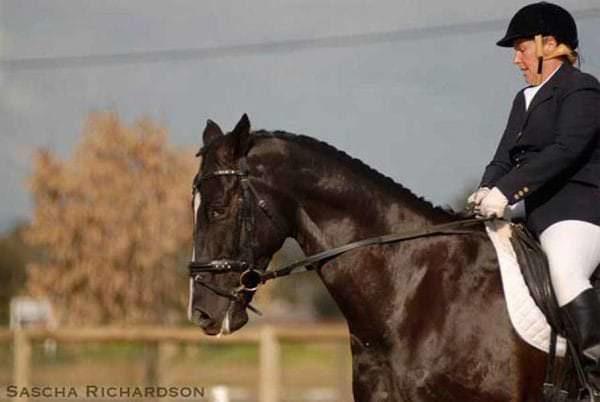
To recap, the noseband can be useful for :
- Riding outside the manege (arena) over jumps and on gallops for safety should the horse fall.
- To help assist the young horse (or a horse who's developed problematic resistance in the jaw) as he becomes accustomed to the bit and to prevent him from gaping at the mouth and encourage relaxation of the masseter muscle and relaxation of the poll.
- To shut the horse's mouth when being ridden with too much contact, in unnatural and uncomfortable positions, by a tactless rider.
So which function of the noseband do you make use of? Are you riding a young horse or a mature (well trained, we'll assume) horse? If the latter are you still making use of a noseband during training?
There is no equivocality about whether dressage horses need to be ridden with a noseband. Instead it is more useful to differ between young and more advanced horses and especialy those with problematic mouths. Undoubtedly a noseband seems to be very useful, if not indispensable, with young horses learning to take the bit, but it appears unnecessary with well trained and well ridden dressage horses. It is not an instrument to solve serious training problems.
… German Martin Plewa, an international eventing rider in the 1970s, the German national eventing coach for many years and today the chief of the German Riding and Driving School in Münster, also expressed in a seminar some years ago that a highly trained horse should be able to do without any noseband. Former chief rider of the Cadre Noir and FEI judge Colonel Christian Carde, like the Henriquets a representative of the French approach, is in unison with Klimke and Plewa’s and told Eurodressage: “If a rider has good hands there will be no gaping of a well trained horse, so a noseband is dispensable.”
In principle it should be. However not all horses reach this level of lightness, not even the most highly trained one. Furthermore not all riders, not even at Olympic level, have that ideal contact with the bit, nor have those soft and feeling hands which are required to get such a contact.
– Silke Rotterman
Noseband Special: Part II: The Purpose of the Noseband
Ah! So it comes back to the relative skill of the rider's hands. If we are riding well and proper with our hands (light, responsive to the needs of the horse, forgiving) then the noseband assists us as we train the young (or problematic) horse to help guide him to relaxation. But if our skills are less than stellar and we ride with heavy contact the noseband almost becomes a required crutch. We must use it to tie the horse's mouth shut and hide our lack of skill (and the horse's resulting tension).
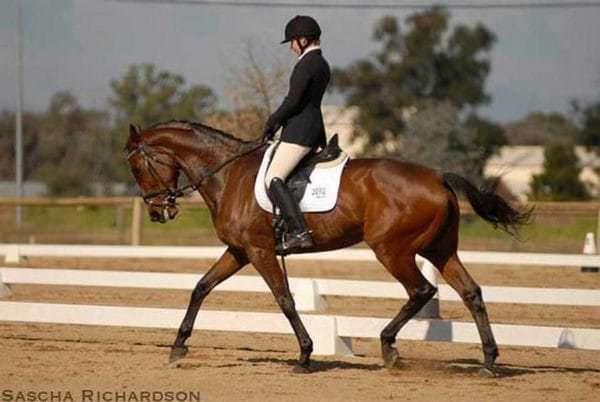
If you ride with a flash or crank I'd suggest you give Teresa Sandin's article on various nosebands a full read, there is a lot of valuable information.
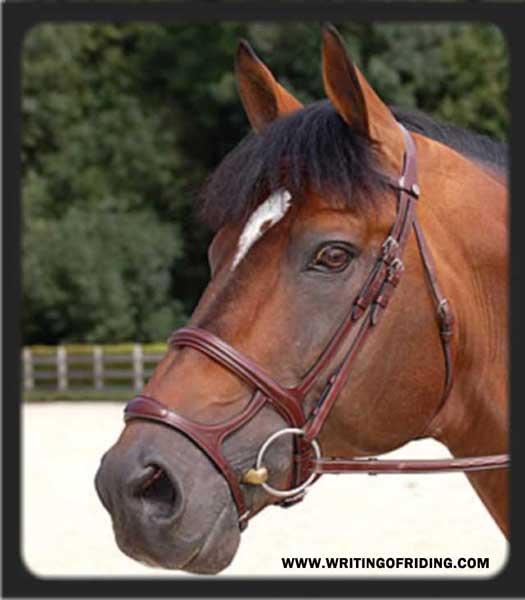
What style of noseband do you ride with and what has been your reason for using that style? How tight do you set it? Any thoughts of changing styles or removing your noseband altogether for training?
I know dressage has more bitting rules, but when it comes to a certain type of noseband, the interpretation is apparently more open. I am referring, of course, to the hideous crank noseband. Which, according to FEI rules, does not even exist.
As it so happens, one of my dearest pals and trusted sources is an extremely high ranking official in horse sport.
My friend told me that, while officiating at a super-high-level national event (I shan’t say where or when), she was asked by a dressage rider to do up her noseband just before she entered the arena. “I used every ounce of strength I had and couldn’t for the life of me get that noseband done up to the desired hole. In fact I was two holes short!”, my source told me.
“God god, if your teeth are already clamped together, how much tighter can you get?”
That is a good question. But even more shocking is the fact that in Europe, some riders are using a ratchet type device to tighten their nosebands. “Imagine your own jaw and teeth clamped together so hard that your whole head ached!”, my source declared.
Felicity agrees. Isn’t dressage supposed to be all about lightness and grace?
Sigh. In my day a cavesson noseband was a decoration, not a torture device.
– Felicity Foxhunter
Cranking up the lightness and grace in dressage.
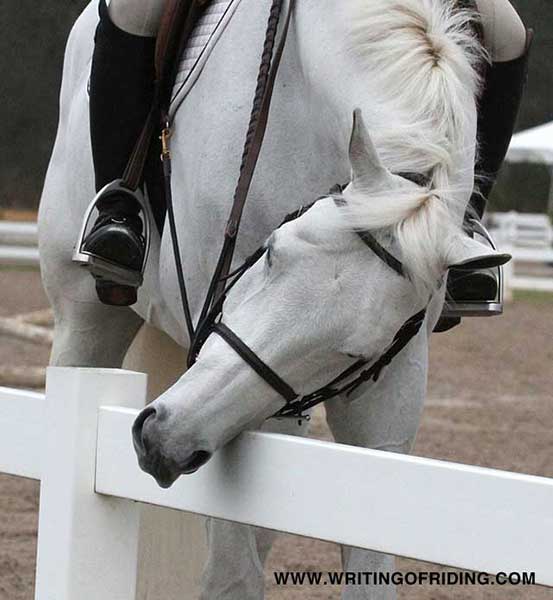
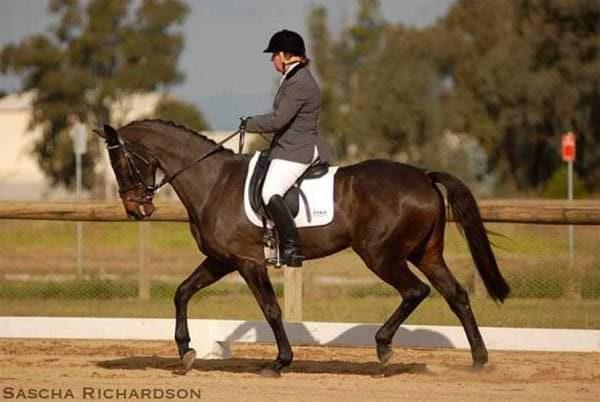

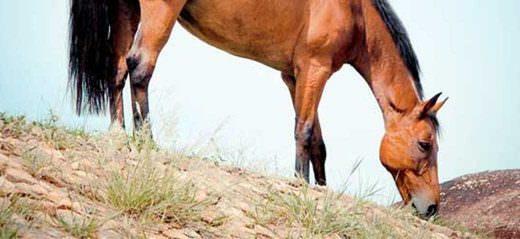
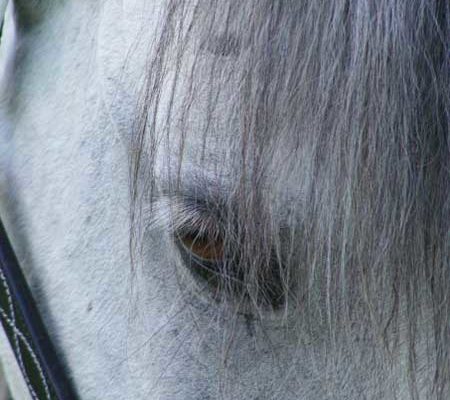
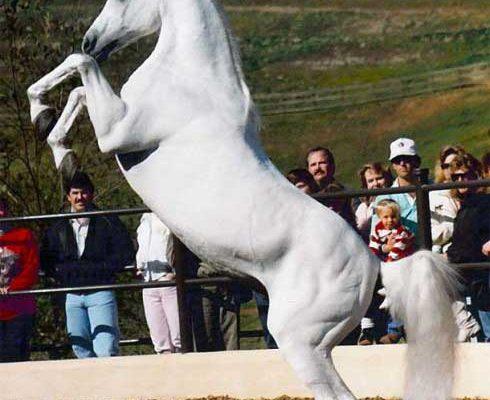
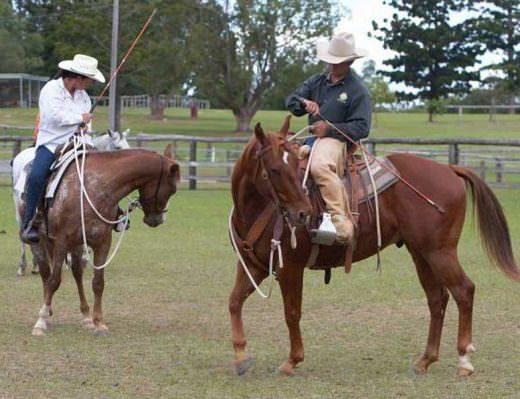
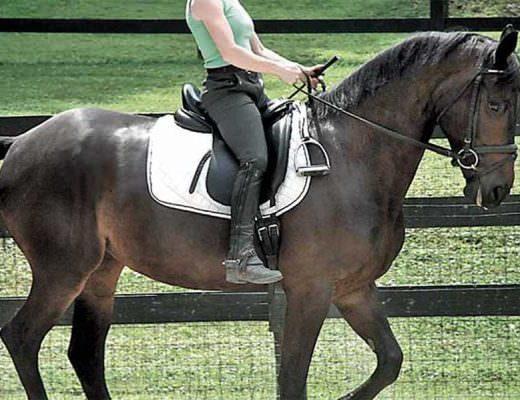
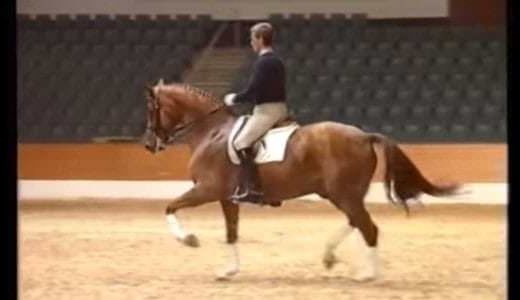
I own a Saddlebred gelding. He is ungaited and I use him for mostly jumpers. When I first bought him I used to have to ride him with a flash noseband as he would suck back with his neck and eat his reins when you were ridding. I tried to keep the flash a loose as possible but I still felt guilty. I am one of those people who feels that if I don’t need something I shouldn’t use it. For example I used to ride all of my horses in either a side pull or a loose ring snaffle all of the young horses are never ridden with a noseband. 3 years ago my horse was in a freak accident and some massive damage to his pull. He recovered fully however I knew that a normal bridle wasn’t going to be an option so luckily I found the Micklem Competition Bridle. My horse is so vastly different now. He is light and he never tries to eat his reigns now. I honestly feel he was trying to tell me he was uncomfortable and I wasn’t listening to him. I think we as human get into a certain mindset we see what others are doing and we are always trying to add more instead of taking things away.
I ride with just a basic noseband and sometimes a flash. I set it to be snug but not too tight. It always surprises me how tight some people adjust the noseband. First of all it cannot be comfortable for the horse, and second I don’t even notice a difference in the level of control I have. I asked my old trainer why she made it so tight, she couldn’t even give me a proper answer! “That’s just the way it is” she replied. I was shocked that she didn’t even have proper reasoning, she simply had been taught that and never questioned it.
The cavesson noseband’s primary function is/was to allow the use of a standing martingale. The other nosebands evolved as more and more the goal became to restrict/close the horse’s mouth. Ideally no horse would require their mouth forcibly shut. Our goal should always be to keep a horse’s mouth soft. That takes more time than many riders/trainers will allow, so the poor horse has his/her mouth clamped instead of time being taken to figure out why the mouth is open and fix that. Other than the basic style, nosebands have become a shortcut just like using a stronger bit for control problems is. Problem with shortcuts is they are temporary solutions for a permanent problem that can only be solved by taking horse and/or rider back to basics.
I recently read that osteopaths are noticing that some riders have “thrown out the baby with the bath water” by ditching nosebands. I am curious to learn more about how this was ascertained, but the premise I read about (from an equine osteopath who I have met and had do work on my horse, and who I believe is very well qualified) explained that horses find stability and something other than the bit to lean into (not lean on and become heavy, but lean into in the sense willingly accept and even seek contact) and that this becomes important when the rider is not an absolute expert at using correct light contact. The presence of the noseband (NOT the flash, the noseband) can help the horse to feel less rider inaccuracy.
Personally, I took the noseband off, and then put it back on recently after reading this osteopaths findings. I leave it very loosely adjusted, but lately my mare has told me she would rather I take it off again, so that’s what I will do. I ride with such light contact that it probably doesn’t matter anyway. Any time I take a lesson (to correct my position, so that I am as easy as possible for my horse to carry) trainers ALWAYS tell me to shorten the reins. I see no reason to use strong contact, when in turn it just necessitates stronger us of leg. What I have noticed, in over 3 decades of horses, is that if we stop being so self-centered and observe our horses, they are telling us exactly what they want and need. We are not allowed to just ignore that because it doesn’t fit into our agenda.